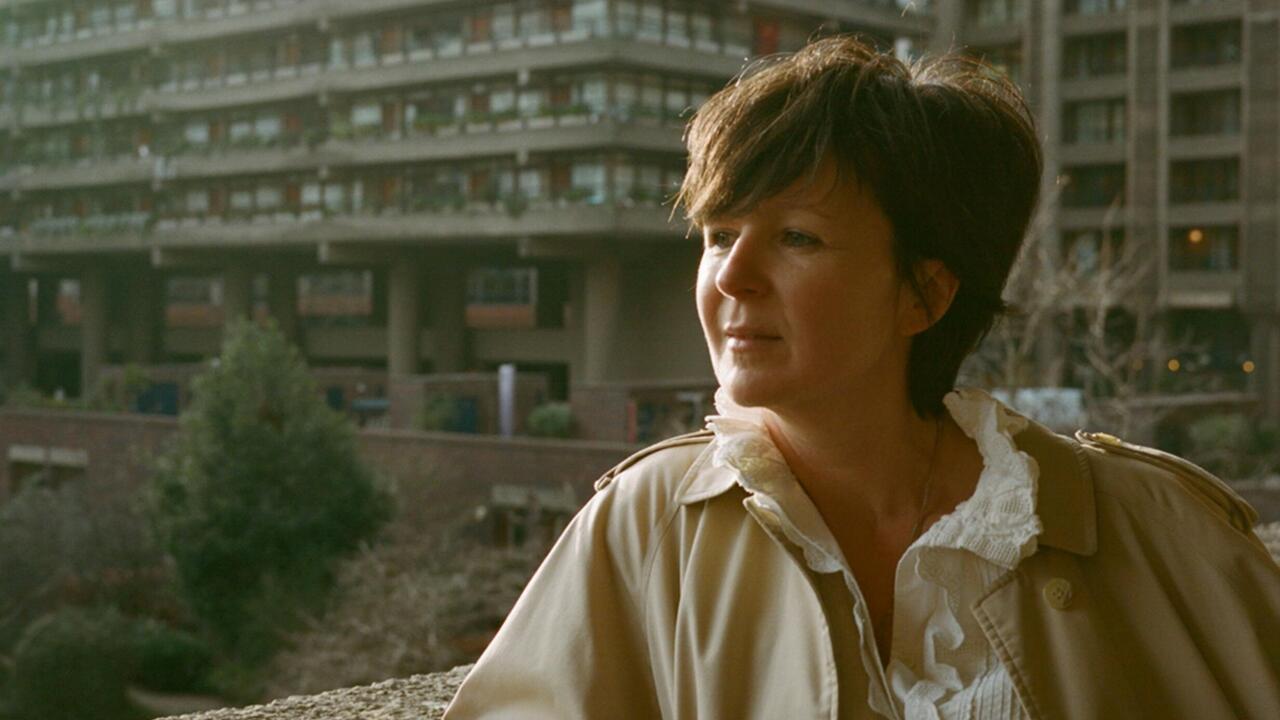The Fire This Time
How can art and literature respond to disaster?
How can art and literature respond to disaster?

What’s the relationship between art and disaster? A fire starts, it moves from room to room and then engulfs a building. People are trapped inside, people throw their children out of the windows. A scene drawn from Dante’s Inferno: ‘The more I looked up,’ an eyewitness to the recent Grenfell Tower fire in London said, ‘floor upon floor, endless numbers of people. Mainly the kids, because obviously their voices, with their high pitched voices – that will remain with me for a long time. I could hear them screaming for their lives.’
When the Houses of Parliament went up in flames on the evening of 16 October 1834, J.M.W. Turner was among the crowds of spectators that lined the south bank of the river. Over the next year, he turned his sketches into two paintings. In The Burning of the Houses of Lords and Commons, the tiny, toppling facade of Westminster Hall is dwarfed by a incandescent wall of light, plunging upwards into the damaged smoky sky, gilding the bridge, doubled in the water, where dark crouching figures watch from boats.
Set it down, set it down: as spectacle and artefact, as testimony, witness report and permanent record. The sky is rose-pink, rose-yellow patched with blue; the sky is very lovely, full of small gold darts of burning debris. Here’s the first challenge: how not to aestheticize a tragedy. No one died in the burning of the Houses of Parliament; knowledge that makes Turner’s rapturous account of flames more palatable. And sometimes the beauty of the spectacle is part and parcel of its horror, as in Henry Green’s fourth novel Caught, published in 1942, which draws on his experience in the Auxiliary Fire Service during the London Blitz.
Green has the volunteer fireman Richard Roe describe the air raids to his wife in conventional terms, confessing meanwhile to himself a more disturbing visual record. ‘What he had seen was a broken, torn-up dark mosaic aglow with rose where square after square of timber had burned down to embers, while beyond the distant yellow flames toyed joyfully with the next black stacks which softly merged into the pink of that night.’ How sinister that prettiness is, as something softly, joyfully unmakes a city, black stacks and embers standing in for human dead.
After Grenfell, when the fire was out but only a few of the bodies had been found, let alone identified, I spent a sweltering afternoon reading testimony from the trial that followed another preventable conflagration. The Great Triangle Shirtwaist Factory Fire took place in a sweatshop on the upper floors of the Asch Building in the Lower East Side of New York on 11 March 1911. One hundred and forty-six people were killed in that fire, predominantly women and girls employed as garment workers.
Like the inhabitants of Grenfell, many of these women were recent immigrants. They couldn’t escape because the company owners had a practice of keeping the doors locked during working hours, so, instead, they burned to death or dashed themselves on the street below. There is an extraordinary photograph of their ranked bodies being identified in the morgue, in coffins like cots, their torsos wrapped in sheets, their faces bloodied and staring, eyes open, mouths ajar.
The factory owners, Max Blanck and Isaac Harris, were subsequently tried for manslaughter. The complete transcript of the trial that followed is online, and so it’s possible to lean through time and hear the harrowing details of that afternoon. ‘After I looked, I seen the girls running and then of course the smoke and flames come up which prevented me to try to go back, and I turned back.’ ‘I went to put my foot down, and I don’t know what it was – something soft – I think dead bodies, or I don’t know what.’
This isn’t art, it isn’t artful, but it is ardent and arduous; it catches the chaotic sparks and ashes of the moment and fixes them in history. Laws are changed on testimony like this, which isn’t to say that the people responsible for the deaths in the Triangle Shirtwaist Factory were held to account. They were both acquitted. Two years later, Blanck was arrested again for locking the door in his factory during working hours. He was fined $20.
Main image: J.M.W. Turner, The Burning of the Houses of Lords and Commons, October 16, 1834, 1834–35. Courtesy: Philadelphia Museum of Art, The John Howard McFadden Collection, 1928, M1928-1-41






















